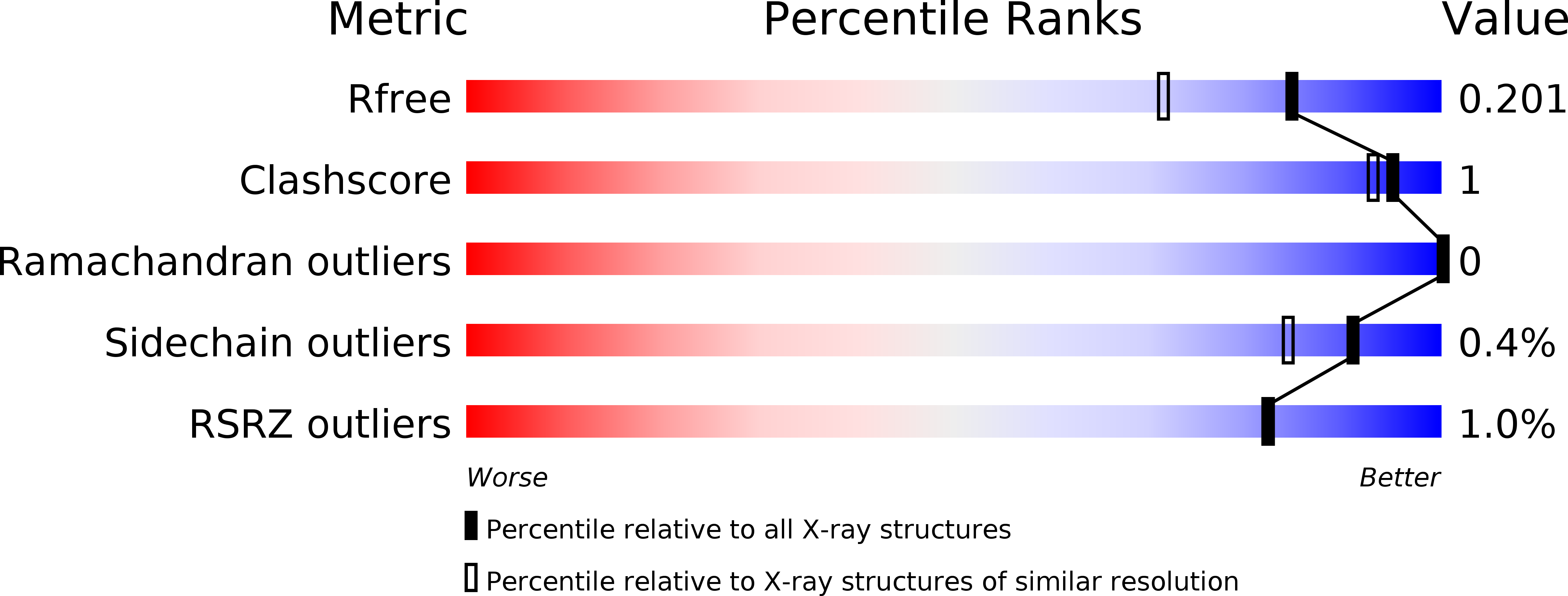
Deposition Date
2016-04-20
Release Date
2017-05-10
Last Version Date
2024-11-13
Entry Detail
PDB ID:
5JGQ
Keywords:
Title:
X-ray structure of neuropilin-1 b1 domain complexed with Arg-7 ligand.
Biological Source:
Source Organism:
Homo sapiens (Taxon ID: 9606)
Host Organism:
Method Details:
Experimental Method:
Resolution:
1.60 Å
R-Value Free:
0.19
R-Value Work:
0.16
R-Value Observed:
0.16
Space Group:
P 1 21 1


